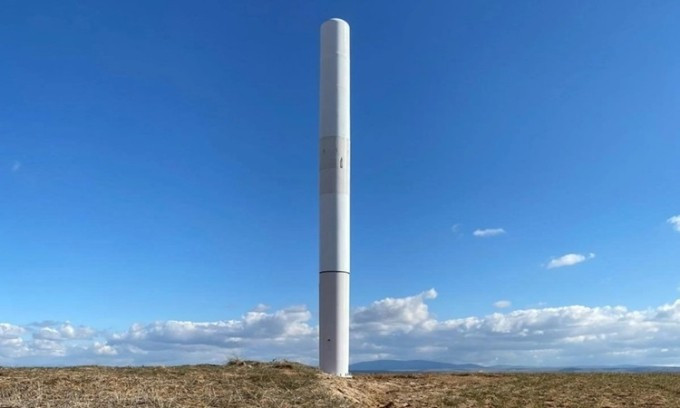
Simulations of thousands of designs by a team led by Dr Wrik Mallik from the University of Glasgow's James Watt School of Engineering revealed the sweet spot, allowing them to maximise power generation without sacrificing structural strength. They report in the journal Renewable Energy .
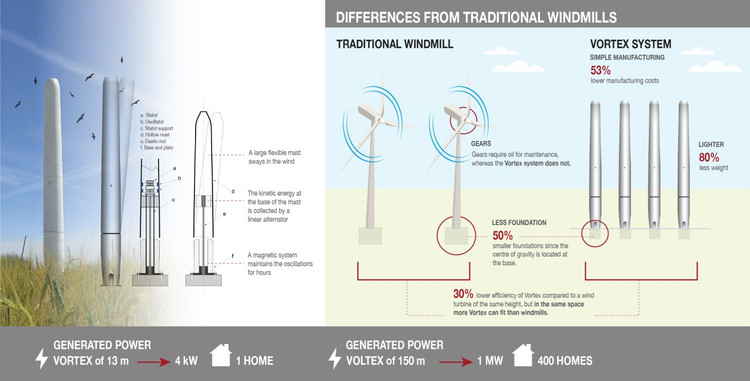
BWTs have many advantages, including being quieter, taking up less space, and requiring less maintenance due to their simple design. In particular, BWTs are safer for animals such as birds. To flying animals, the fast-spinning blades of standard turbines can appear as a blur or even invisible due to a “motion blur” effect, increasing the risk of collision.
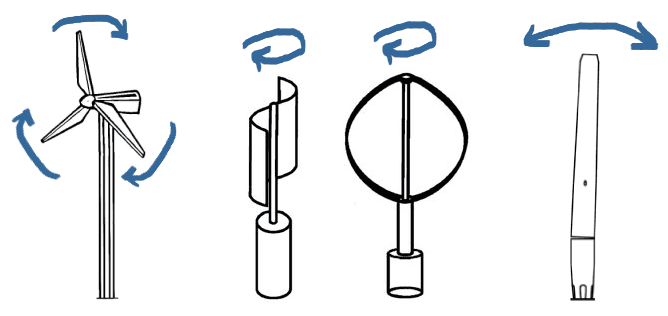
For a long time, conventional wind turbines have been the main choice for converting wind into electricity through the rotation of blades, which in turn power a generator to produce electricity.

In contrast, BWTs operate on a completely different principle called vortex induced oscillation (VIV). Instead of using rotating blades, BWTs are typically tall, slender pillars that sway like lampposts in the wind.
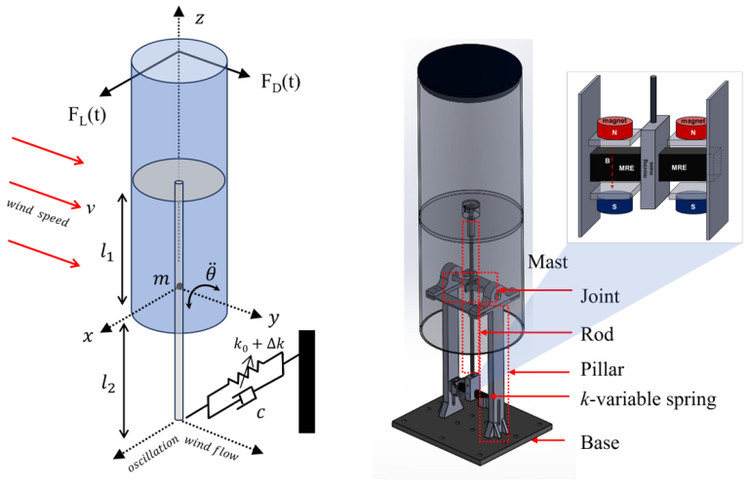
The movement of the wind creates vortices, which cause the entire structure to oscillate. When this movement matches the structure's natural frequency of oscillation, the movement is greatly amplified. This enhanced movement is then converted directly into electricity.

In the new study, engineers used computer simulations to determine how future generations of BWTs should be constructed for maximum efficiency. Mallik and his colleagues identified an ideal middle ground between design variations that would maximize the BWT’s ability to generate electricity while maintaining structural strength.

The study provides new insights into the impact of pillar dimensions (such as height and width) on both the power output and structural strength of BWTs. The team found that the ideal design is an 80-cm tall pillar with a diameter of 65 cm.

This optimal balance of power and durability can deliver a remarkable 460 watts of power, outperforming current practical prototypes which only reach around 100 watts.
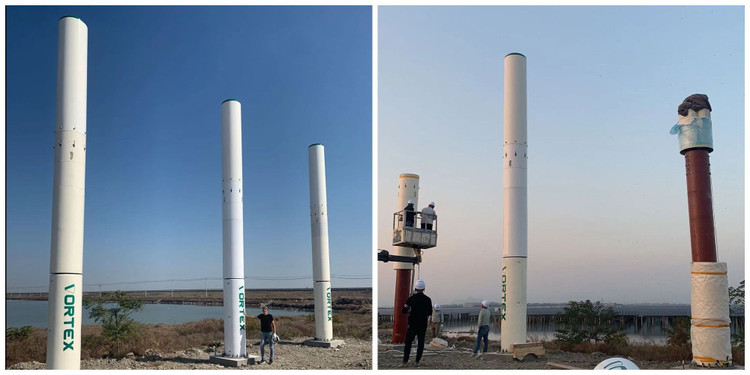
The new findings are particularly important for ensuring structural safety in winds of 32 to 112 km/h. According to the team, their method could allow BWTs to be scaled up to produce 1,000 watts (1 kilowatt) or more.
Source: https://khoahocdoisong.vn/thiet-ke-turbine-gio-khong-canh-lac-lu-tao-ra-1000-w-dien-post1553301.html




































































































Comment (0)